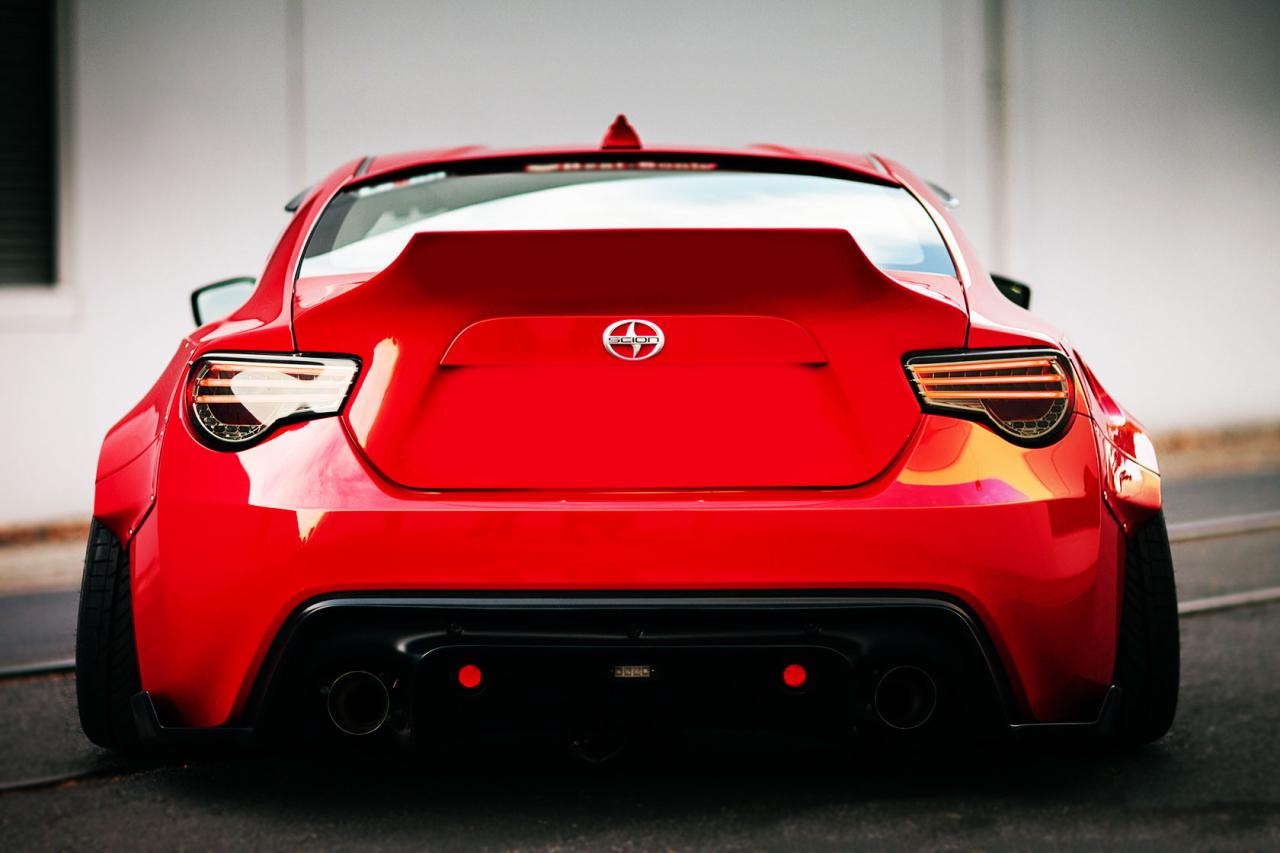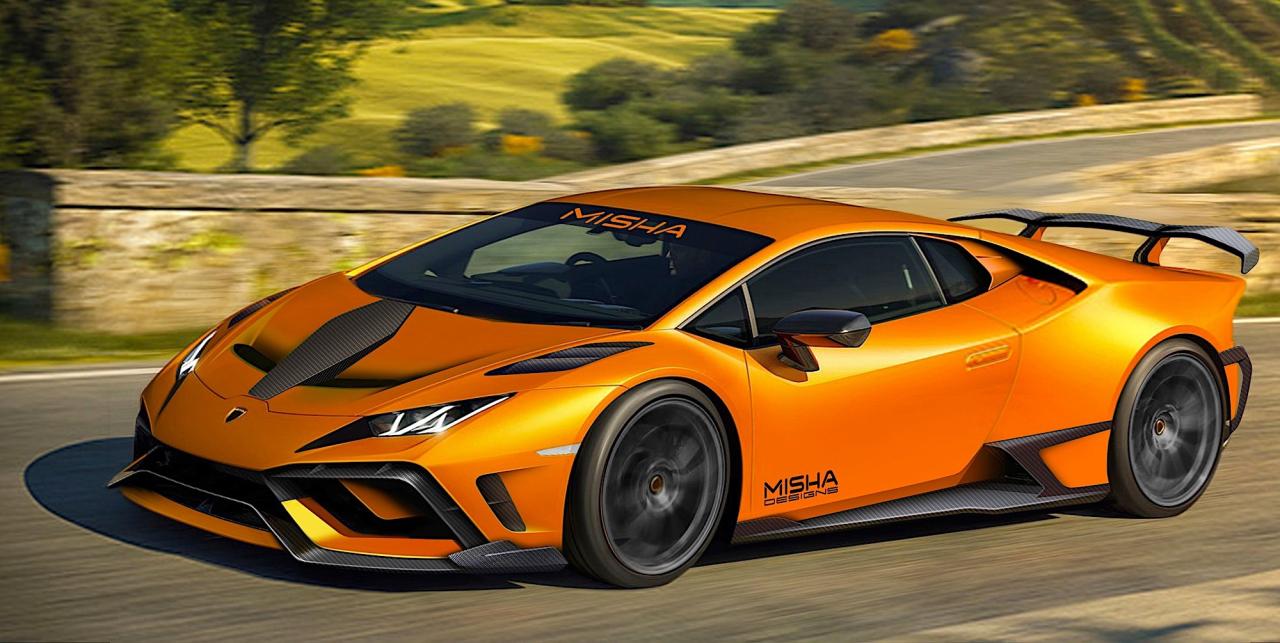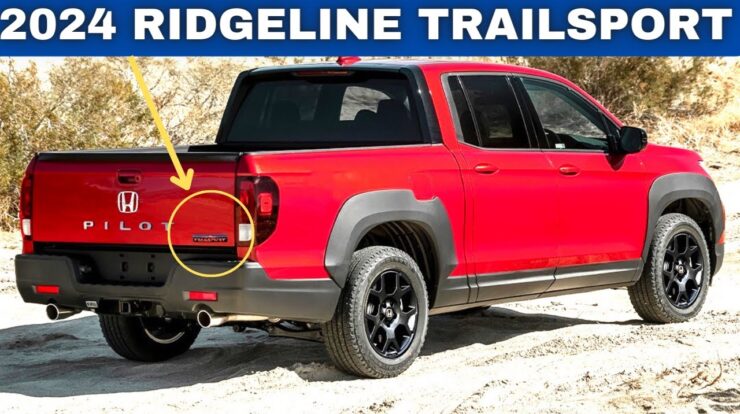Body kits, the epitome of automotive customization, are transforming the world of car enthusiasts. From enhancing aesthetics to improving performance, body kits empower drivers to express their individuality and elevate their vehicles to new heights. Join us as we delve into the fascinating world of body kits, exploring their components, installation, customization, and more.
Whether you’re a seasoned car aficionado or a novice seeking to enhance your ride, this comprehensive guide will equip you with the knowledge and inspiration to create a truly unique and unforgettable automotive experience.
Body Kit Components

Body kits are a popular way to customize the look of a vehicle. They can range from subtle additions to complete overhauls, and they can be made from a variety of materials.
The most common body kit components include:
- Front bumpers
- Rear bumpers
- Side skirts
- Spoilers
- Wings
- Hoods
- Fenders
Body kits can be made from a variety of materials, including:
- Polyurethane (PU)
- Fiberglass
- Carbon fiber
- Plastic
- Metal
The choice of material will depend on the desired look, budget, and performance requirements.
Body Kit Installation
Installing a body kit requires careful preparation and precision to ensure a seamless fit and a professional-looking finish. The process typically involves the following steps:
- Preparation:Gather necessary tools and materials, including wrenches, screwdrivers, masking tape, sandpaper, primer, and paint.
- Removal of Existing Parts:Remove any existing bumpers, side skirts, or other components that will be replaced by the body kit.
- Test Fitting:Dry-fit the body kit components to ensure they align correctly and make any necessary adjustments.
- Drilling and Fastening:Drill holes and use bolts or screws to secure the body kit components to the vehicle’s frame.
- Body Filler and Sanding:Apply body filler to fill any gaps or imperfections and sand it smooth to create a seamless surface.
- Priming and Painting:Prime the body kit to provide a base for the paint and then apply multiple coats of paint to achieve the desired finish.
Tips for Successful Body Kit Installation
- Follow the manufacturer’s instructions carefully to ensure proper fitment.
- Use high-quality materials and tools to prevent premature wear or damage.
- Take your time and pay attention to detail to achieve a professional-looking finish.
- Consider consulting a professional if you are not confident in your abilities.
Painting and Finishing
- Select paint that is compatible with the material of the body kit and the desired finish.
- Apply primer to create a smooth surface and improve paint adhesion.
- Use multiple coats of paint and allow sufficient drying time between each coat.
- Sand the painted surface lightly to remove any imperfections and achieve a smooth finish.
- Apply clear coat to protect the paint from scratches and UV damage.
Body Kit Customization
Body kits provide a blank canvas for car enthusiasts to express their creativity and individuality. Customization options abound, allowing you to tailor your body kit to your unique tastes and the overall aesthetic of your vehicle.
If your Subaru key fob is acting up, it might be time to replace the battery. It’s a simple process that can be done in a few minutes. Here’s how to do it :
Modification for Unique Designs
Body kits can be modified to create one-of-a-kind designs. You can adjust the shape, size, and placement of individual components, or combine elements from different kits to achieve a truly personalized look.
For instance, you might enlarge the front spoiler for a more aggressive stance, or add side skirts to enhance the car’s aerodynamics. The possibilities are endless, and only limited by your imagination.
Examples of Customized Body Kits
- A modified body kit featuring a custom front bumper with integrated LED daytime running lights.
- A wide-body kit with flared fenders and a lowered suspension, giving the car a muscular and sporty appearance.
- A race-inspired body kit with a rear wing and diffuser, designed to improve the car’s handling and stability at high speeds.
Body Kit Maintenance
Maintaining a body kit is essential to preserve its appearance and longevity. Regular care and attention can extend its lifespan and ensure it remains in pristine condition.
To maintain your body kit, follow these steps:
- Regular Cleaning:Wash the body kit regularly with a mild soap and water solution to remove dirt, grime, and road salt. Use a soft cloth or sponge to avoid scratching the surface.
- Waxing and Polishing:Waxing and polishing the body kit creates a protective layer that helps repel water, dirt, and UV rays. It also enhances the shine and luster of the finish.
- Inspect for Damage:Regularly inspect the body kit for any signs of damage, such as scratches, cracks, or dents. Address any damage promptly to prevent further deterioration.
Repairing and Restoring Body Kits
If your body kit becomes damaged, it is essential to repair it promptly to prevent further damage and maintain its appearance. Here are some tips for repairing and restoring body kits:
- Small Scratches:Minor scratches can be repaired using touch-up paint or a scratch repair kit.
- Cracks and Dents:More significant cracks and dents may require professional repair. A body shop can use specialized techniques to repair the damage and restore the body kit’s original shape.
- Repainting:If the body kit has sustained extensive damage or has faded over time, repainting may be necessary to restore its appearance and protect it from the elements.
Lifespan and Durability
The lifespan and durability of a body kit depend on several factors, including the material used, the quality of installation, and the level of maintenance it receives. Well-maintained body kits can last for several years without significant deterioration.
- Material:Body kits made from high-quality materials, such as polyurethane or fiberglass, are more durable and resistant to damage than those made from cheaper materials.
- Installation:Proper installation is crucial for ensuring the longevity of a body kit. It should be securely attached to the vehicle’s frame to prevent rattling or damage.
- Maintenance:Regular cleaning, waxing, and inspections can extend the lifespan of a body kit by protecting it from the elements and preventing damage.
Body Kit Styles
Body kits come in a variety of styles, each designed to give your vehicle a unique look. From aggressive and sporty to subtle and sophisticated, there’s a body kit to suit every taste.
Aggressive Styles, Body kit
Aggressive body kits are designed to make your vehicle look more muscular and intimidating. They often feature large spoilers, side skirts, and rear diffusers, which can improve aerodynamics and downforce.
- Liberty Walk body kits for Lamborghini Aventador and Nissan GT-R
- Rocket Bunny body kits for Mazda Miata and Toyota 86
- Pandem body kits for Honda Civic Type R and Subaru WRX STI
Subtle Styles
Subtle body kits are designed to give your vehicle a more refined look without being too over the top. They often feature smaller spoilers, side skirts, and rear diffusers, which can still improve aerodynamics and downforce without being too noticeable.
- Vorsteiner body kits for BMW M3 and M4
- M Performance body kits for BMW M2 and M5
- AMG body kits for Mercedes-Benz C-Class and E-Class
Classic Styles
Classic body kits are designed to give your vehicle a timeless look. They often feature retro-inspired designs, which can be a great way to update the look of an older vehicle.
- Eleanor body kit for Ford Mustang
- Bullitt body kit for Ford Mustang
- Shelby body kit for Ford Mustang
The style of body kit you choose will depend on your personal taste and the overall look you want for your vehicle. If you’re not sure which style is right for you, consult with a professional installer or browse online forums to see what other people have done with their vehicles.
Body Kit Manufacturers
The realm of body kit production boasts a diverse array of manufacturers, each with its unique strengths and distinctive approach to automotive aesthetics. These renowned brands have established themselves as industry leaders, shaping the trends and pushing the boundaries of body kit design.
In this segment, we delve into the world’s most prominent body kit manufacturers, examining their expertise, signature styles, and the latest innovations that drive the industry forward.
If you’re experiencing issues with your Subaru key fob, it may be time to replace the battery. The process is relatively simple and can be done in a matter of minutes. For detailed instructions on how to change subaru key fob battery , visit Boulderwire.com.
Popular Body Kit Manufacturers
The following list showcases some of the most sought-after body kit manufacturers in the automotive aftermarket:
- Vorsteiner:Renowned for their exquisite carbon fiber creations, Vorsteiner’s body kits exude elegance and sophistication.
- Liberty Walk:Known for their aggressive and wide-body kits, Liberty Walk transforms ordinary vehicles into formidable street machines.
- Rocket Bunny:A Japanese manufacturer specializing in over-the-top and flamboyant body kits that cater to enthusiasts seeking extreme aesthetics.
- Varis:A highly respected manufacturer from Japan, Varis produces aerodynamically optimized body kits that enhance both performance and style.
- Pandem:Based in the United States, Pandem gained fame for its wide-body kits that redefine the proportions and stance of popular vehicles.
Strengths and Weaknesses of Each Manufacturer
Each manufacturer possesses its own strengths and areas for improvement:
- Vorsteiner:Strength – Exceptional quality and craftsmanship; Weakness – Higher price point.
- Liberty Walk:Strength – Bold and distinctive designs; Weakness – Limited availability and potential fitment issues.
- Rocket Bunny:Strength – Unconventional and eye-catching aesthetics; Weakness – May not be suitable for all tastes.
- Varis:Strength – Aerodynamic efficiency and performance-oriented design; Weakness – Limited availability outside of Japan.
- Pandem:Strength – Affordable and accessible wide-body kits; Weakness – Durability concerns and potential fitment issues.
Latest Trends in Body Kit Design
The body kit industry is constantly evolving, with new trends emerging to meet the evolving tastes of automotive enthusiasts:
- Wide-body kits:These kits dramatically alter the vehicle’s proportions, creating a more aggressive and imposing stance.
- Carbon fiber construction:Carbon fiber is increasingly used in body kits due to its lightweight and high strength properties.
- Aerodynamic enhancements:Body kits are designed to improve airflow and reduce drag, enhancing both performance and fuel efficiency.
- Customization:Manufacturers offer a wide range of customization options, allowing enthusiasts to tailor their body kits to their personal preferences.
Body Kit Legality

Installing a body kit can have legal implications depending on the jurisdiction. Understanding the regulations and restrictions is crucial to avoid any legal issues or penalties.
Regulations and Restrictions
Different jurisdictions have varying regulations regarding body kits. Some common restrictions include:
- Vehicle Inspections:Many countries require vehicles with body kits to undergo additional inspections to ensure they meet safety standards.
- Prohibited Modifications:Certain modifications, such as altering the vehicle’s original structure or safety features, may be prohibited.
- Noise and Emissions:Body kits that increase noise levels or emissions may be illegal.
Obtaining Permits and Approvals
In some cases, it may be necessary to obtain permits or approvals before installing a body kit. This is typically required for significant modifications that affect the vehicle’s safety or appearance.
The process for obtaining permits and approvals varies depending on the jurisdiction. Contacting local authorities or automotive regulatory bodies can provide guidance on the specific requirements.
Consequences of Non-Compliance
Failing to comply with body kit regulations can result in penalties such as fines, vehicle impoundment, or even criminal charges in severe cases.
Last Recap
As we conclude our journey into the realm of body kits, we hope you have gained a deeper appreciation for the transformative power they hold. From subtle enhancements to bold and aggressive modifications, body kits empower you to unleash your creativity and forge an unbreakable bond with your vehicle.
Remember, the true essence of body kits lies in their ability to reflect your personality and aspirations, turning your car into an extension of yourself. Embrace the world of customization and embark on an unforgettable automotive adventure.
FAQ Overview
What are the benefits of installing a body kit?
Body kits offer a multitude of benefits, including enhanced aesthetics, improved aerodynamics, increased performance, and personalized customization.
How difficult is it to install a body kit?
The installation process varies depending on the complexity of the body kit and your experience level. It’s recommended to consult a professional for complex installations.
Can body kits damage my car?
When installed correctly by a qualified professional, body kits generally do not damage your car. However, improper installation or low-quality materials can lead to issues.
